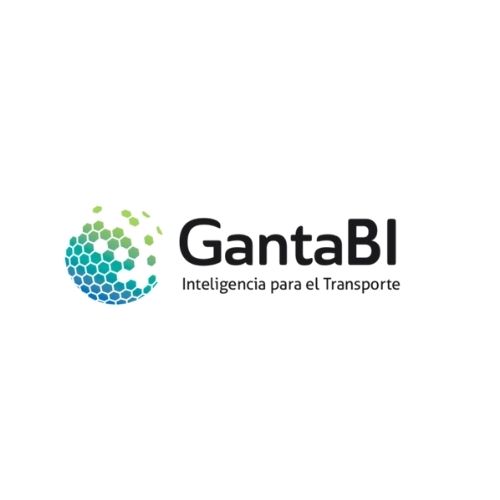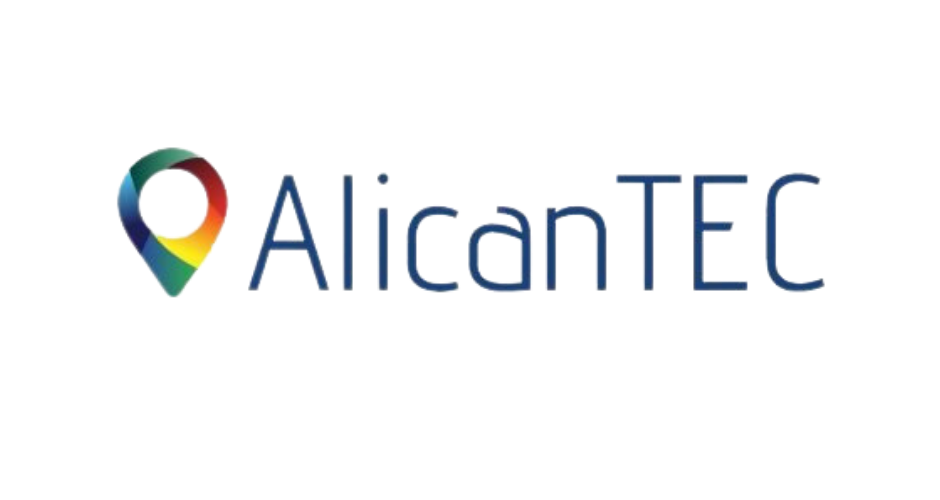Architect Your AI Dreams
Cloud Native l Data Intelligence I Cybersecurity I | IT Consulting and Business Digitalization
We build trust among our customer base through a “Proof of Concept”
entry strategy rooted in Cloud Levante’s USPs.





















Reviews and Testimonials
What Our Customers Are Saying
Close and constant treatment at all times to improve the business.
We are very satisfied with the service, we feel very accompanied in all operations, we receive excellent and fast attention, in fact it is a service we recommend. Cloud Levante for us has been a fundamental pillar in the deployment of all our group websites on the AWS platform.
Our communications with them have been great and we are more than happy with the service received.
Excellent service and service to enhance our business.
Cloud Levante is our trusted partner in the cloud environment since its inception and we are very pleased that they are at our side. When we talk to them, it’s like we’re talking to the cloud manufacturer directly. With Victor and his team, you can rest easy because they meet expectations. They are always available to offer your support and knowledge. In addition, they have a very proactive attitude to be very dynamic in their technological recycling, being very attentive to new trends and giving answers to any challenge.
They are close to us during all the process and keep us informed and everything is working fine, we are really happy with Cloud Levante and recommend them to set up AWS.
They meet project deadlines and ensure that the timescales are in line with the needs of the business.
They respond quickly to any setbacks, drawing on their extensive experience in cloud environments, and adapt quickly to different situations on a case-by-case basis. They manage client expectations honestly and communicate clearly and professionally at all times.
Amazing job! The Cloud Levante team designed and implemented the architecture for my project very well using Elastic Beanstalk, Aurora DB, Route53, S3 and CloudFront. He knows many services within AWS. In addition, he is available to help me 24/7 with all my questions. I highly recommend this trusted partner.
BUSINESS INTELLIGENCE
Right Supplier Guarantee
We are partners with the world’s leading cloud service providers, ensuring that we utilize the most advanced technology in the market based on the specific requirements of each project





AWS Advanced Tier
Our position enables us to maximize AWS’s service portfolio for companies looking to leverage their infrastructure.

CUTTING-EDGE SOLUTIONS
Technological Innovation
as continuous modus operandi
Cloud Levante’s technical team is specialized in various technological areas to provide efficient, secure and optimized solutions to companies.

Cloud Native
Application development using essential cloud-native principles ensures highly flexible, scalable and resilient platforms.

Data Intelligence
Execution of big data, AI, ML and predictive analytics technologies to transform data into actionable insights.

Security Management
Protection of an organization’s assets with security assessment, data privacy, access control and backup projects.
Projects Launched
Happy Clients
%
Trust Us Again
RESEARCH + INNOVATION + DEVELOPMENT
Collaborations as Growth Drivers
We collaborate closely with technology leaders, research centers, and academic institutions to keep driving innovation in our proposals and stay at the forefront of technology.









REQUEST A PROOF OF CONCEPT
Shall we talk?
Contact us and find out how technology helps those who want to drive their business.
Office
Alicante Science Park (UA campus extension) Alicante, 03005, Spain